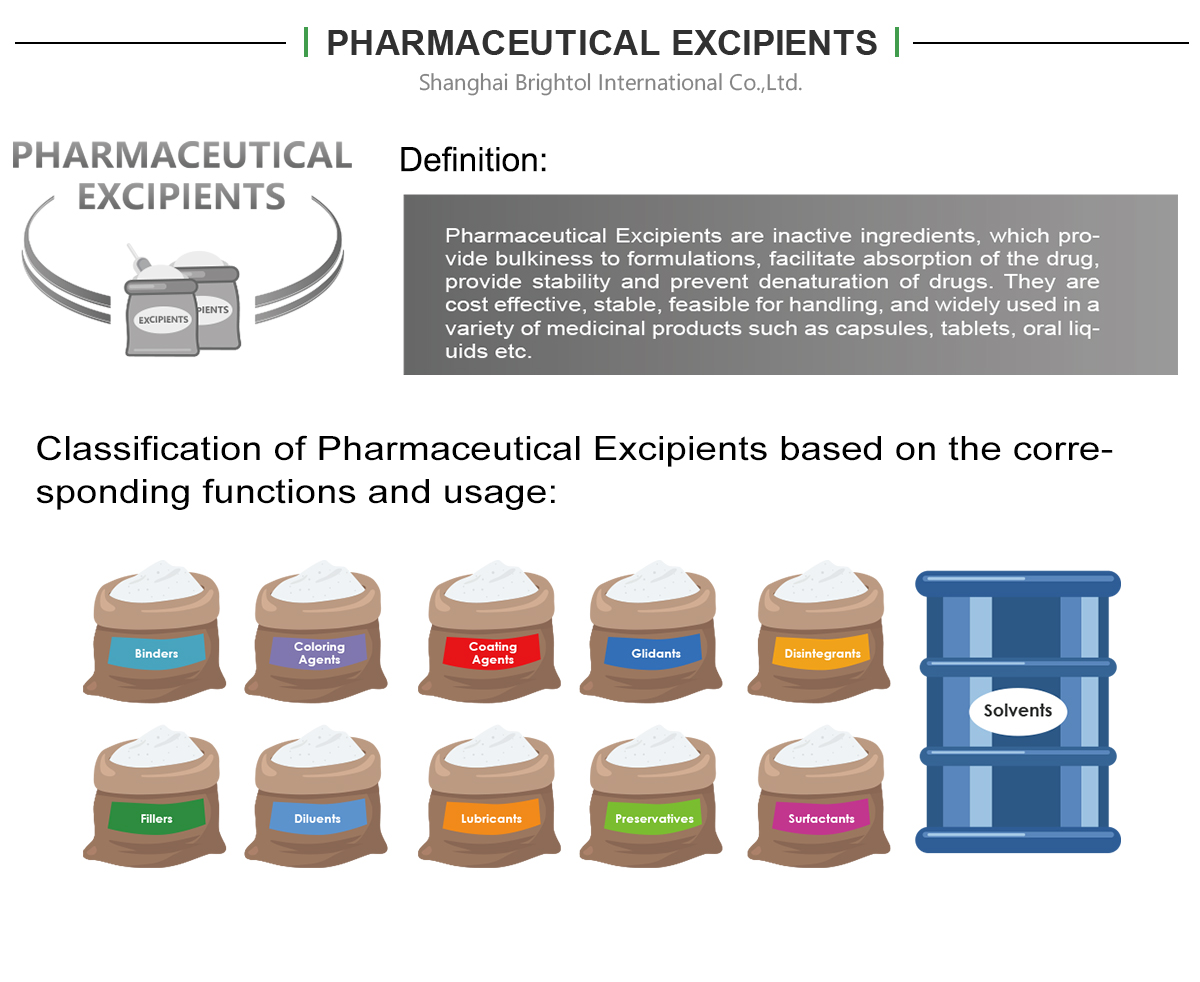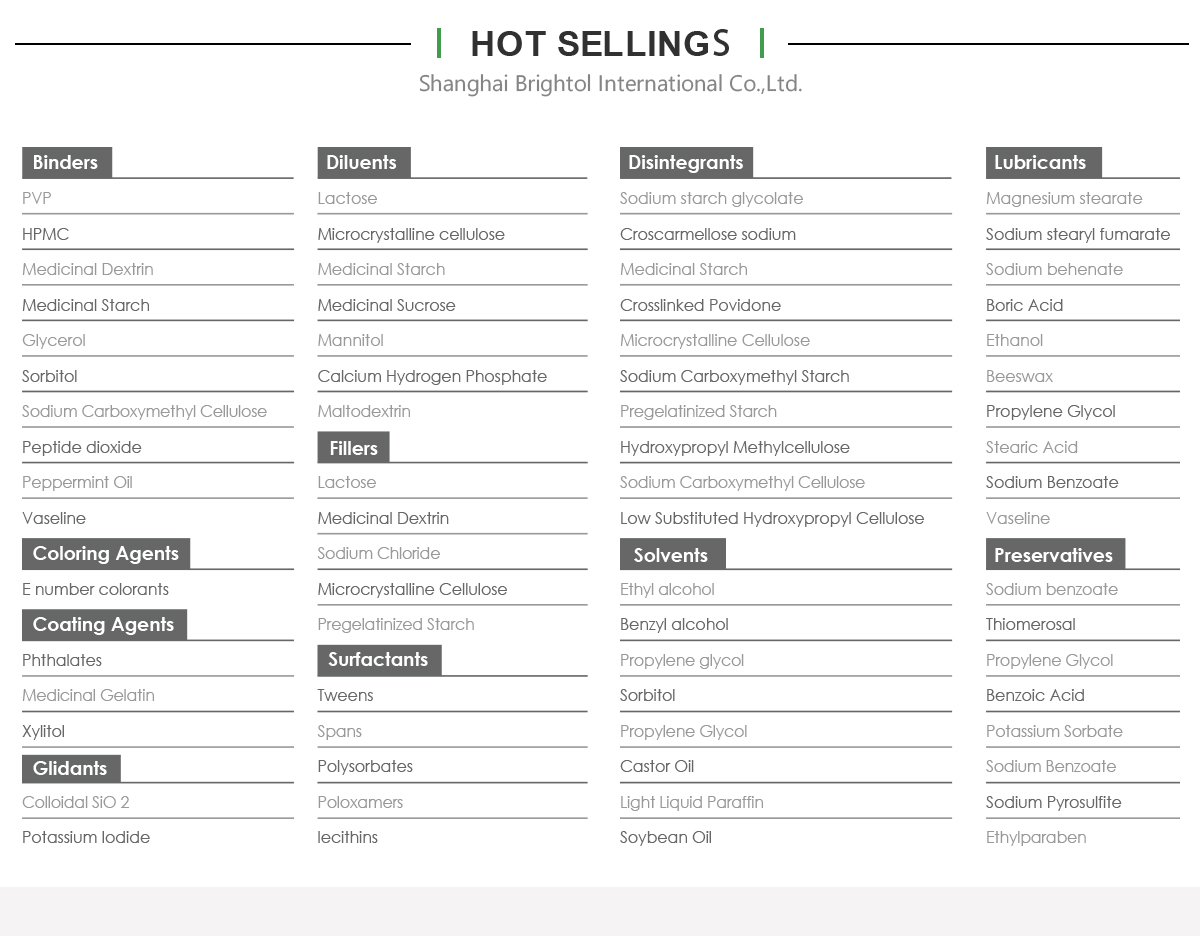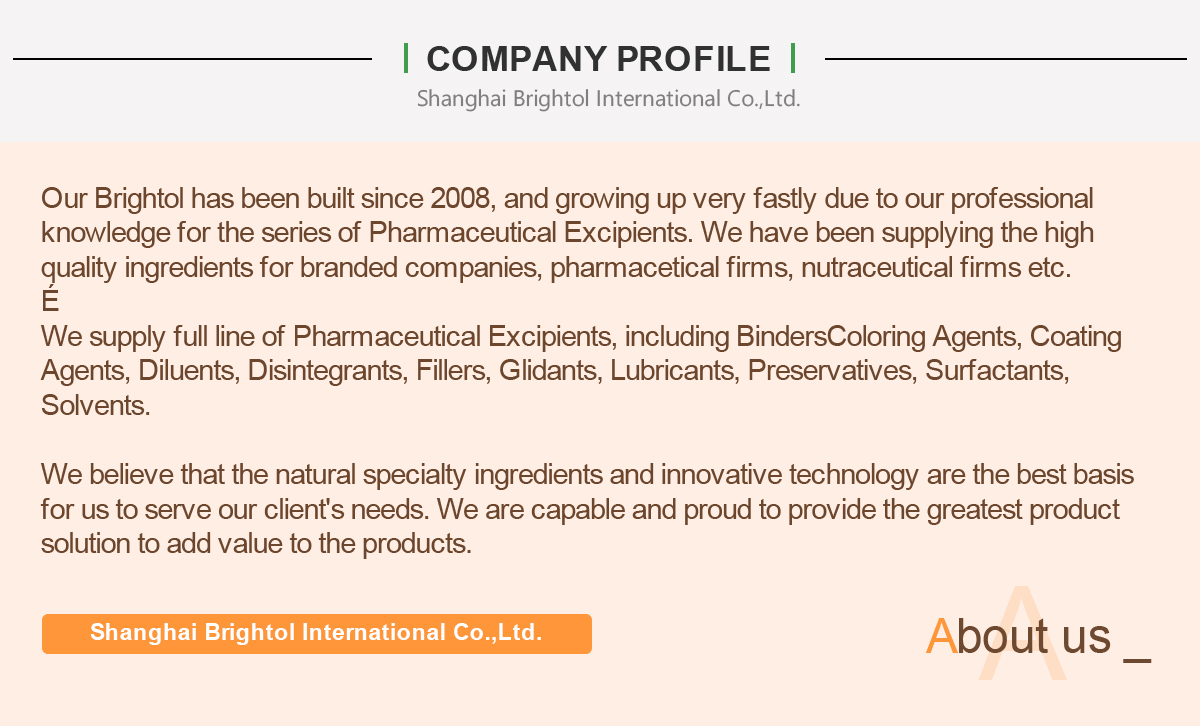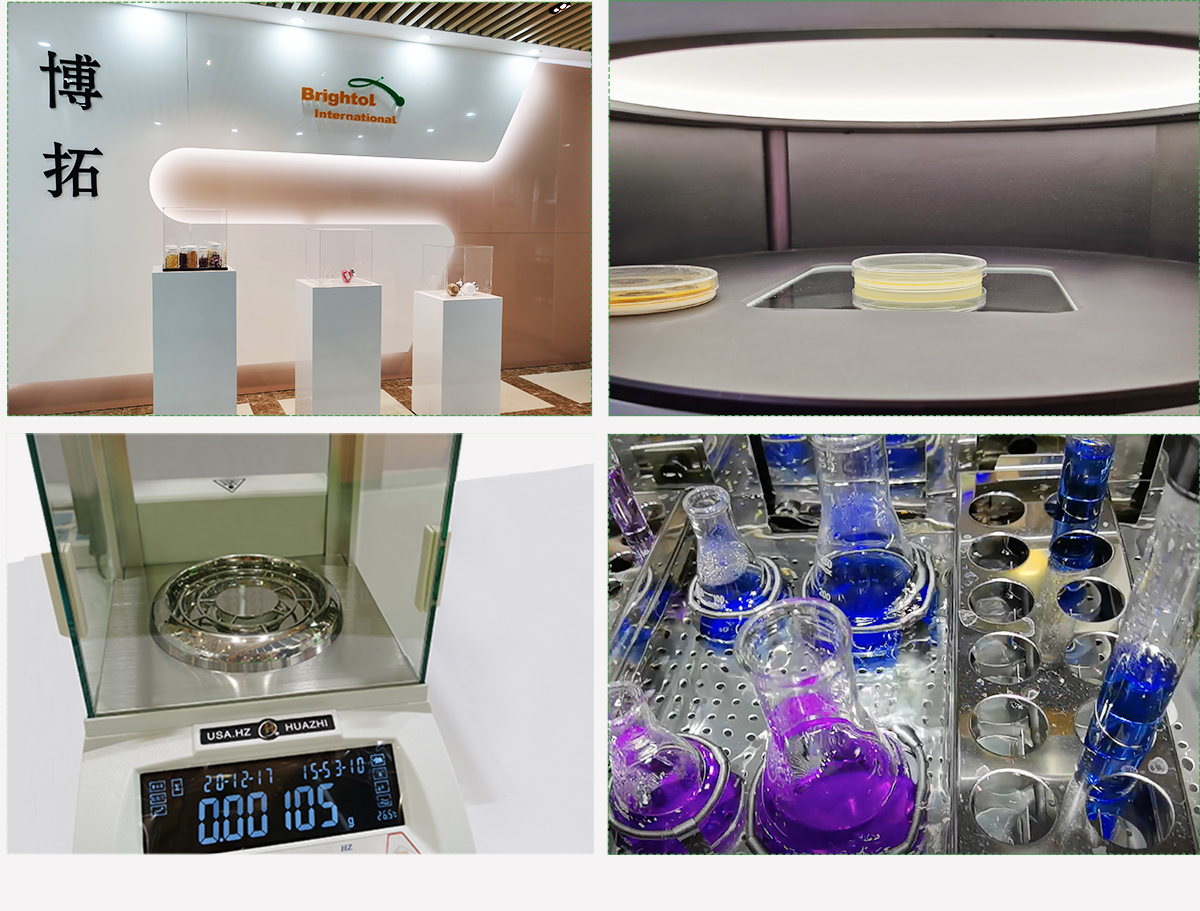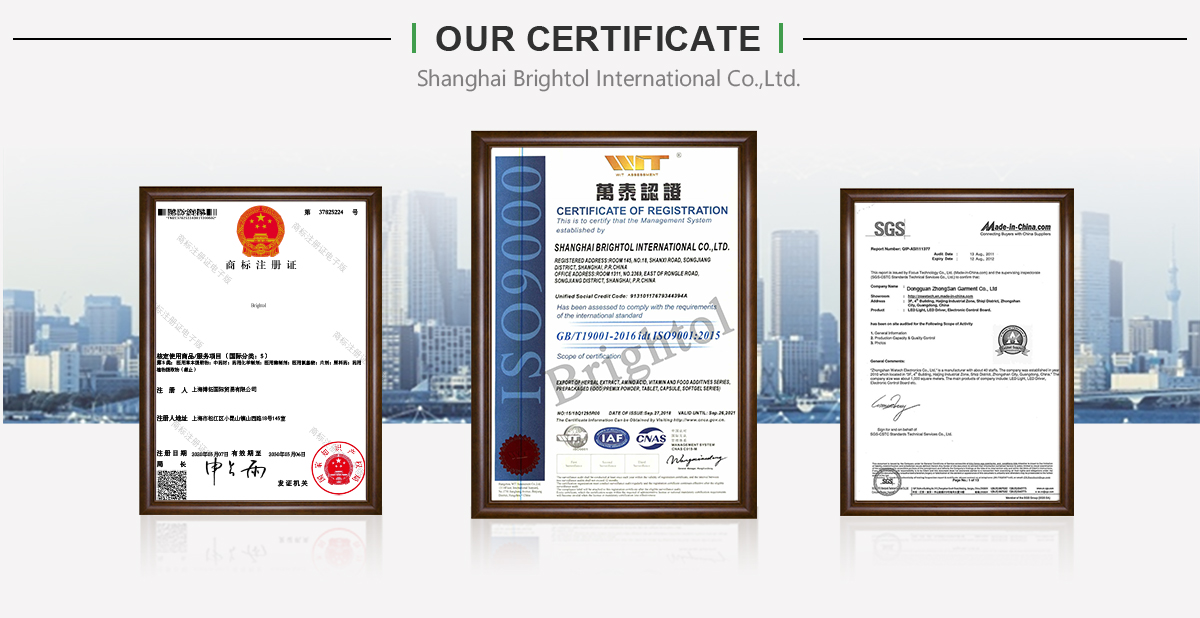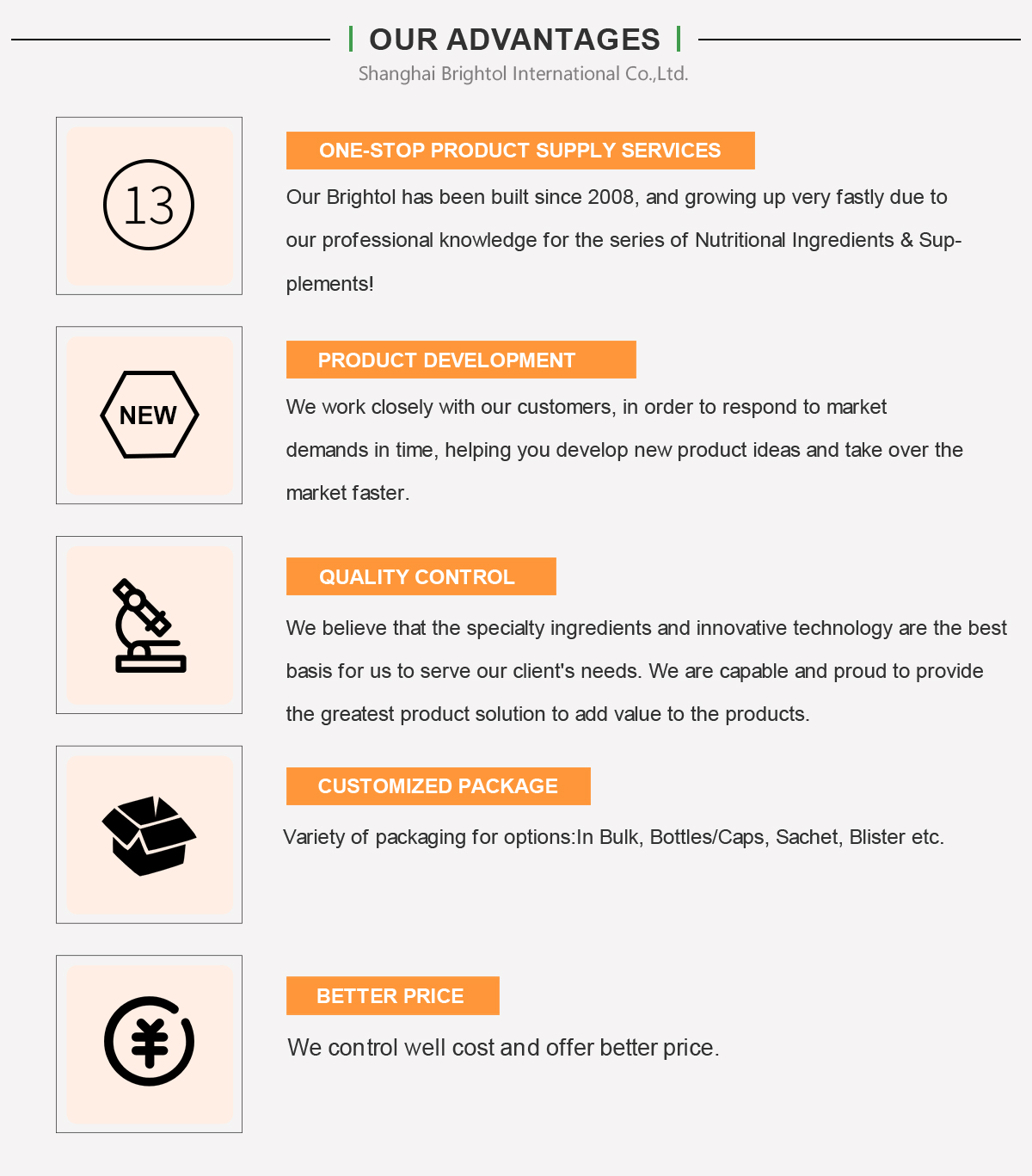

Product Name: PEG
Synonyms: Poly(ethylene glycol)
CAS No.: 25322-68-3 (6812-36-8)
EINECS: 500-038-2
Description
Polyethylene Glycol, also known as PEG, is a polyether. A polyether is a substance that scientists make by joining together simple compounds.
PEG is made from carbon, hydrogen, and oxygen. Hydrogen and oxygen compounds are bound together with ether links. Some polyethers are in chains, while others are in networks.
Polyethylene Glycol is water-soluble. Its simple structure and solubility permit many industrial applications.
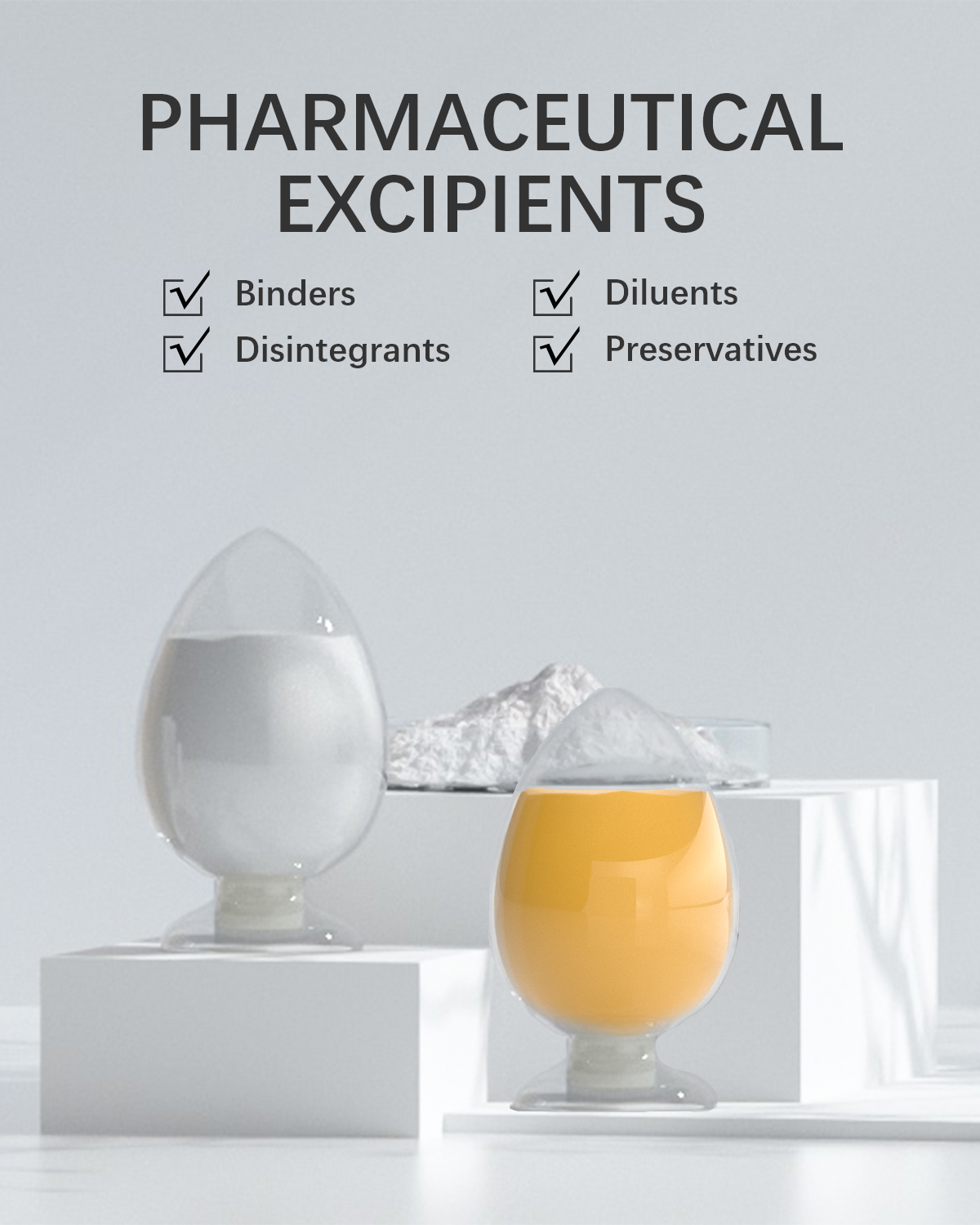

Product Name: PEG
Synonyms: Poly(ethylene glycol)
CAS No.: 25322-68-3 (6812-36-8)
EINECS: 500-038-2
Description
Polyethylene Glycol, also known as PEG, is a polyether. A polyether is a substance that scientists make by joining together simple compounds.
PEG is made from carbon, hydrogen, and oxygen. Hydrogen and oxygen compounds are bound together with ether links. Some polyethers are in chains, while others are in networks.
Polyethylene Glycol is water-soluble. Its simple structure and solubility permit many industrial applications.
Benefits
1. The most common medical use of polyethylene glycol is as a laxative. This is because of its the ability to suck water into feces by osmosis in the intestine.
2. Peg is widely used in the field of medicine because of its non toxicity and high stability
3. it is the foundation of many skin creams and lubricants. It is also used in ointments, medical solvents and even perfume.
4. Polyethylene glycol is not only used as lubricant in cosmetics. Peg is used as an effective lubricant for inks, and most of the available peg types use their lubrication skills in the metal parts and textile industries.
5. Polyethylene glycol is not only non-toxic but also non corrosive. This means that it can be used with metals, plastics, rubber and fabrics without causing any pollution or damage.
6. Many uses of polyethylene glycol are that its function as adhesive and dispersant spans many industries. Polyethylene glycol is used as an adhesive in the manufacture of ceramic or casting molds to ensure that the mold maintains its shape and structure. As a dispersant, PEG improves the separation of particles to prevent agglomeration.
